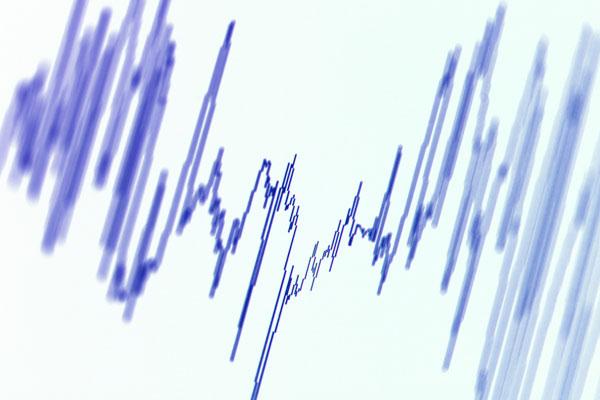
Earthquake-Magnifying Pocket Beneath Seattle Seen in New Detail

The deep basin that lies beneath Seattle is a source of seismic worry for scientists because the shape and material of the basin amplify ground shaking. Scientists hope that new research into the nature of this basin could help predict the seismic hazards this area faces.
The basin under Seattle essentially holds complex layers of sediment within a bowl of rock. Such basins can trap and focus seismic energy within them. This is due to how different materials conduct seismic waves — they move slower in sediment layers than in solid rock.
This difference in the velocity of seismic waves in sediments versus rock in the Seattle basin "causes the seismic waves to bend, just like a lens in your glasses bends light, and sometimes to become focused into a particular area," explained researcher Andrew Delorey, a seismologist at the University of Washington in Seattle. In addition, "once seismic waves enter the basin, they can become trapped by reflecting off the boundaries," Delorey told OurAmazingPlanet.
Computer simulations exist that predict ground motions in rock, but not many do this for the more complex sedimentary layers seen under Seattle. Now Delorey and his colleague John Vidale have developed a new model for the top 2.1 miles (3.5 kilometers) of sediment beneath the city. [Related: Odds 1-in-3 for Northwest Mega-Quake Within 50 Years]
The scientists developed the model using data gathered from the Seismic Hazards in Puget Sound (SHIPS) seismometer array with some additional data from stations around Seattle from the Pacific Northwest Seismic Network and Earthscope's Transportable Array. Altogether, this data revealed new details about the internal structure of the basin underneath Seattle.
Their findings suggested there is a zone just north of the Seattle Fault where seismic waves travel slowly, consistent with the idea that it holds loosely packed sedimentary rocks. The model also hinted at a diversity of geological features underneath Seattle, including several sub-basins or pockets of sediment.
"Sub-basins would affect how seismic waves propagate through the subsurface," Delorey said. "Imagine having a lens in your glasses that was irregularly shaped — the light would bend in odd directions."
Get the world’s most fascinating discoveries delivered straight to your inbox.
Altogether, these findings could help predict levels of ground shaking with greater accuracy than the current urban seismic hazard maps for Seattle, researchers said. Future studies with more seismometers could reveal even more details about small geological features and sediment layers for creating better hazard maps.
"As the quantity and quality of data improves, so will our knowledge of seismic hazards," Delorey said.
Delorey and Vidale detailed their findings in the October issue of Bulletin of the Seismological Society of America.
This story was provided by OurAmazingPlanet, a sister site to LiveScience.



